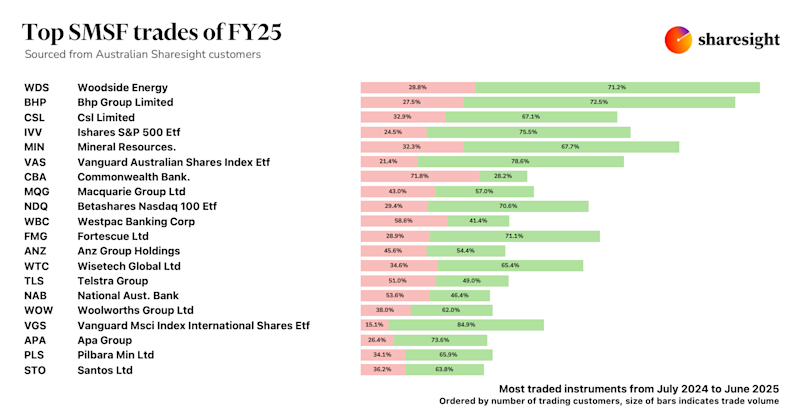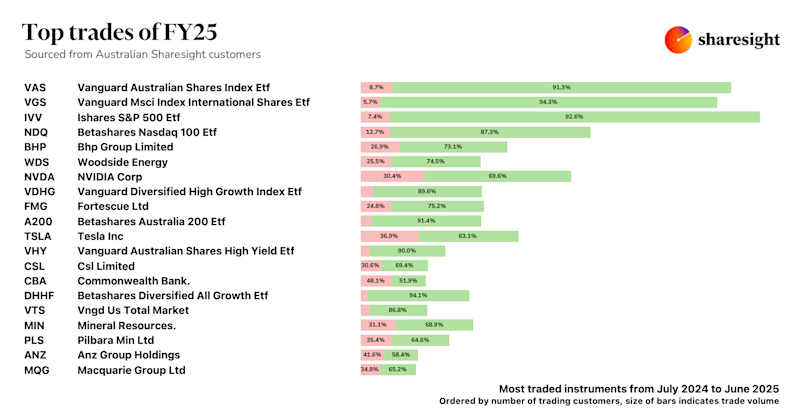What is debt recycling and how does it work?
Disclaimer: This article is for informational purposes only and does not constitute a specific product recommendation, or taxation or financial advice and should not be relied upon as such. While we use reasonable endeavours to keep the information up-to-date, we make no representation that any information is accurate or up-to-date. If you choose to make use of the content in this article, you do so at your own risk. To the extent permitted by law, we do not assume any responsibility or liability arising from or connected with your use or reliance on the content on our site. Please check with your adviser or accountant to obtain the correct advice for your situation.
Debt Recycling isn’t exactly like recycling your newspapers or bottles, but in a similar way that recycling is good for the environment, debt recycling can also be good for your wallet.
Debt recycling is a process that can potentially make you more money by turning non-deductible debt into deductible debt.

How does it work? Well, interest paid on debt to fund an investment is tax deductible, whereas interest paid on your home loan is not. If done effectively, you could collect 1.36% (after tax return) more than if you invest in your personal capacity without debt recycling or 1.77% more than paying off your home loan.
In practice, this means that if you have $10,000 to invest, you could use it to invest (maybe buy shares), or to pay off your home loan, or even make additional contributions to your super fund.
To debt recycle, you mix the first two of these options.
That is, you could use the $10,000 you have saved to repay some of the outstanding balance on your home loan, then redraw $10,000 on your home loan and use that money to invest in the same shares.
By doing this, nothing has really changed… yet. You don’t really feel those savings until you do your tax returns. You still owe the same amount on your home loan and you still have the same $10,000 shares – but the interest on the $10,000 is now tax deductible.
That’s why it’s called debt recycling.
Debt Recycling is not gearing. Gearing is increasing the amount of overall debt to increase your investing capacity.
The numbers tell a clearer story
For example, let’s say Catherine has a salary of $90,000. She pays tax of $22,150 (32.5% plus 2% Medicare levy), leaving after tax income of $67,850. She has a home loan balance of $400,000 at 5.64% interest, so she pays $22,560 interest in a year.
She has saved $10,000 to invest in shares and plans to add $500 per month to this investment. The investment that Catherine is considering is a high growth diversified fund with a total growth rate of 8.42% that consists of a capital growth component of 3.11% and income of 5.30% per annum.
| Scenario A (without debt recycling) | Scenario B (with debt recycling) | |
| Home loan balance | $400,000 | $390,000 |
| Investment loan | NIL | $10,000 |
| Total debt | $400,000 | $400,000 |
| Shares | $10,000 | $10,000 |
-
In scenario A, she uses the $10,000 to buy the shares.
-
In scenario B, she uses the $10,000 to reduce her home loan to $390,000 and then redraws $10,000, which she uses to invest.
Her personal balance sheet is no different. She has the same assets and the same debts.
When you debt recycle, there is no change to your assets or liabilities.
But when you look at Catherine’s income, things change for the better:
| Scenario A (without debt recycling) | Scenario B (with debt recycling) | |
| Salary | $90,000 | $90,000 |
| Dividends | $530 | $530 |
| Investment interest paid | NIL | ($564) |
| Taxable income | $90,530 | $89,966 |
| Tax payable | ($21,700) | ($21,505) |
| After tax income | $68,830 | $68,461 | Balance of home loan interest | $22,560 | $21,966 |
| Cash after home loan | $46,270 | $46,465 |
| Net benefit | - | $195 |
The benefit of $195 after tax is the equivalent of earning an extra 1.95% on her investment of $10,000 after tax.
The higher your tax rate, the bigger the benefit.
This means that if you are investing and still have money owing on your home loan, you will usually be better off if you use the funds to pay down your home loan and invest using funds redrawn from your home loan.
Below is a practical example of the effect using debt recycling compared to paying off your home loan or investing in your personal capacity.
Over a 10-year period the Catherine will have contributed a total of $70,000 that consists of the original $10,000 together with the $500 per month.
| Scenario A (pay down home loan) | Scenario B (without debt recycling) | Scenario C (with debt recycling) | |
| Contributions made | $70,000 | $70,000 | $70,000 |
| After 10 years | $97,912 | $100,367 | $108,894 |
| After tax return pa. | 5.71% | 6.12% | 7.48% |
The difference between paying off your home loan or investing in your personal capacity without debt recycling is immaterial. However, by using debt recycling and generating deductible interest that can be offset against investment income, the difference is sizable in the long run as you may have $8,527 more when compared to an investment without debt recycling or $10,982 compared to paying off your home loan.
Debt recycling in practice
If you’re new to the concept of debt recycling, we recommend you find a mortgage broker or contact Life Sherpa to help minimise your stress and maximise your benefits. Either way, it can be good to get an idea of what the process is like and know when debt recycling is the right move for you.
You might consider debt recycling when:
-
You have saved up some cash and you have a home loan on your home (not an investment property).
-
The balance outstanding on your home loan is less than 80% of the valuation of your home.
-
You have decided to invest (rather than pay down your home loan).
Make sure you set it up properly
Interest is only tax deductible if it is used to acquire an investment or to refinance a loan previously used to acquire an investment.
It is vital that the flow of funds from the draw down on the loan to the purchase or refinance is clear and the funds do not get mixed in with funds on which the interest is not deductible.
This means the borrowed funds should never be placed in an offset account prior to being invested.
It also means that you should have a separate loan account (or split) for the investment portion.
Now might be a great time to review your home loan to make sure it's right for you and your debt recycling activities.
What it looks like with $10,000
-
Take the amount you have saved (in this case $10,000) and make a repayment on your home loan.
-
Ask your lender to create a separate split for the undrawn portion of your limit (now increased by your $10,000). Most banks will allow you to split your loan into as many separate facilities as you need.
-
Consider setting the split to interest only so you only pay interest and do not service the principal amount that is outstanding. This maximises the benefit – although be careful of paying a higher interest rate for this feature. Your financial planner or accountant will help you assess if the tax benefit exceeds the cost.
-
Draw the $10,000 and transfer it directly to the cash account associated with your share trading account.
-
Make the trade.
Tips to get more from your debt recycling
-
Make sure the extra redraw is a separate facility.
-
The extra split is usually best structured as an interest only facility to maximise your deductible interest.
-
Keep this split separated from your other accounts and never deposit other monies into the new split.
-
A good broker will help you set this up for worry-free debt recycling. If you are a Life Sherpa member, your Sherpa will help you get the right loan at the right price and give you cash back to help you maximise your savings even further.
Track all your investments in one place with Sharesight
If you’re not already using Sharesight, what are you waiting for? Join hundreds of thousands of investors tracking their investment performance using Sharesight. Sign up and:
-
Track all your investments in one place, including stocks in over 40 major global markets, mutual/managed funds, property, and even cryptocurrency
-
Automatically track your dividend and distribution income from stocks, ETFs and mutual/managed funds
-
Run powerful reports built for investors, including performance, portfolio diversity, contribution analysis, multi-period, multi-currency Valuation and future income (upcoming dividends)
-
Get the true picture of your investment performance, including the impact of brokerage fees, dividends, and capital gains with Sharesight’s annualised performance calculation methodology
Sign up for a FREE Sharesight account to start tracking your performance (and tax) today!
FURTHER READING

Top SMSF trades by Australian Sharesight users in FY24/25
Welcome to our annual Australian financial year trading snapshot for SMSFs, where we dive into this year’s top trades by Sharesight users.

Top trades by Australian Sharesight users in FY24/25
Welcome to the FY24/25 edition of our Australian trading snapshot, where we dive into this financial year’s top trades by Sharesight users.

Morningstar analyses Australian investors' top trades of FY25
In this article, Morningstar reviews the key events of FY25 and shares three stocks their analysts are watching closely.